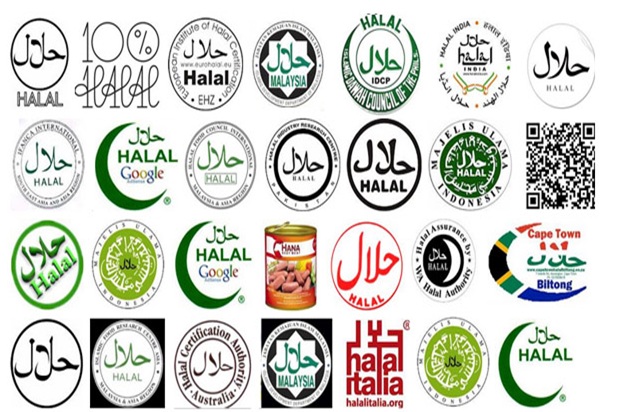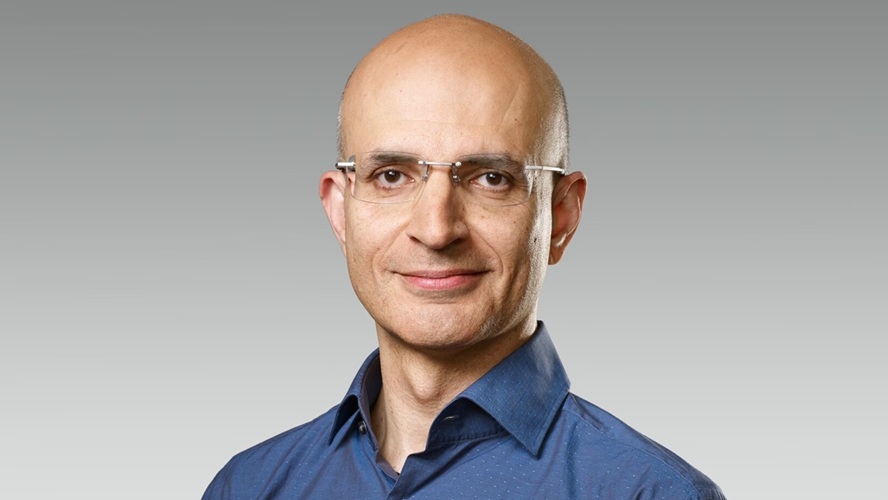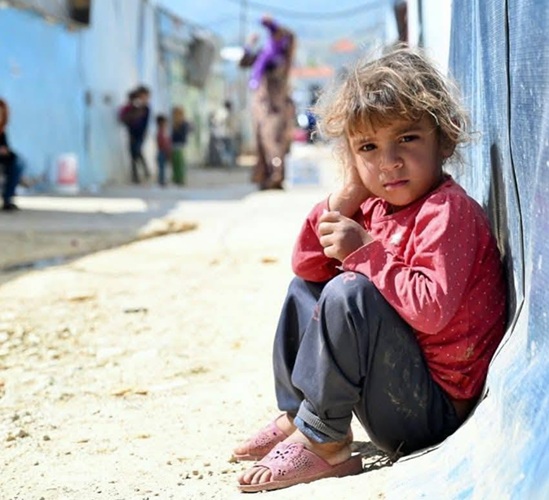 By Saif Alam Siddiqui for Maeeshat
By Saif Alam Siddiqui for Maeeshat
Soon there is a faculty to be arrived by a new “configuration” in the world of Branding and marketing – and it is glowing green; not the accustomed grass green of environment, but the green submerged with the spirit of Islam.
‘Islamic Branding’ is a relatively new concept, and at the birth of this new field of learning which is receiving serious public attention. Islamic Branding can be defined as “branding that’s empathetic to Shariah values, in order to appeal to the Muslim consumer, ranging from basic Shariah friendliness to full Shariah compliance in all aspects of a brand’s identity, behavior and communications”. The global Muslim market represents enormous opportunities for companies from any country, whether Islamic or non-Islamic, but all face challenges.
The statistics revels a clear picture that about 23% of the world’s population is Muslim. In empirical terms, a market of 1.9 billion across 112 countries, is Hungry for Halal Food. Statistics also make marketers dribble – of that 1.9 billion, 43% are under the age of 25. That’s equal to about 10% of the world’s absolute population. And there’s more to come. The Muslim population is expected to increase by 26% to 2030 to approximately 2.2 billion. Muslims currently have a 7.7% share of global GDP which is expected to grow to 8.7% by end-2016.
The halal market alone is worth a staggering US$2.1 trillion (including food and beverage at 67%, pharmaceuticals at 22%, personal care and fashion at 10%) a year and is increasing at US$500 billion a year due to the growth of the global Muslim population. In terms of services, the assets of Islamic banks and financial institutions worldwide are predicted to reach USD $1 trillion by next year and USD $1.8 trillion by 2016. The Muslim consumer market of 1.9billion is undeniably the next important (and largely untapped) global opportunity. As China and India have captured the attention of the world’s marketers in recent years, a quiet but enormous business potential lies largely untapped in the global Muslim consumer market today.
A Brand which is friendly or compliant with Shariah principles naturally embodies many of the values that global businesses are feeling the pressing need to communicate today. Values such as honesty, respect, consideration, kindness, peacefulness, authenticity, purity, patience, discipline, transparency, modesty, community, dignity are core to the principles of Shariah and resonate deeply with Muslim consumers across the world. In the recent time Muslim consumers have highlighted their importance as an attractive market segment.
Why Islamic Branding?
A market of 1.9 billion people that has scarcely been tapped, Muslim consumers offer enormous potential to marketers – but only if their values are fully understood. From a market panorama it is always good to give consumers what they categorically want, and Muslims are a significant market segment that has not been studied and understood. In recent years global marketers have started to enthuse over the size of this prize and think on the importance of cracking it – but the challenge is in managing it knowledgeably, sensitively, and profitably for the long term. Western brands have the marketing and branding expertise but often lack the cultural awareness and civic knowledge to penetrate Islamic markets successfully. They have to work harder with local market research and accreditation agencies. Companies from Muslim countries have a clump of branding opportunities, ranging all the way from products to companies and organizations and even national identities, and their advantage lies in their understanding of what Muslims want. But they admit to not having enough branding and marketing knowledge and skill to do the job properly and executive education is a key priority for them.
When I use the words ‘Islamic Branding and Marketing’ I am referring not just to brands that originate from Islamic countries, although of course they would come under such a definition, but also to any brands that are seeking to address the needs of Muslim markets. When referring to any activity related to the branding and marketing of countries, products and services to Islamic audiences, regardless of whether or not they reside in Muslim majority or Muslim minority countries or have Muslim ownership. Green Branding does not restrict to the branding and marketing to Muslim owned businesses, but also includes companies that do not have Islamic owners yet are reaching out to Muslim consumers. Thus, non-Muslim brands would also come under this heading if they were looking to build their brands and market share in any Muslim majority or minority market. Indeed, several brands that are meeting the needs of global Muslim audiences currently are from non-Muslim, often Western, companies.
Despite the heterogeneity of the Muslim populations with majority and significant minority domain in some 57 countries around the world, Islam constantly bonds together their daily lives and influences their consumption habits, through the centrality of faith. Muslims’ own belief in the significance of Islam in their lives is general. On the other hand it is very helpful for brands to align to the values of religion in order to appeal to the population. As the Islamic world explodes economically, the appetite for value‐empathetic brands suddenly faces exponential increase.
My view is that these challenges will be overcome on both sides. Western brands are already moving ahead with some force and the huge multinationals will undoubtedly continue to gain market share if they learn to understand Islamic values, and there are early signs of success that brands developed in the Muslim world are quickly gaining experience in international marketing. There is no doubt in my mind that the next wave of brand development and success will come from the global Islamic market.
(Saif Alam Siddiqui can be contacted at saifalam89@gmail.com)





0 Comments